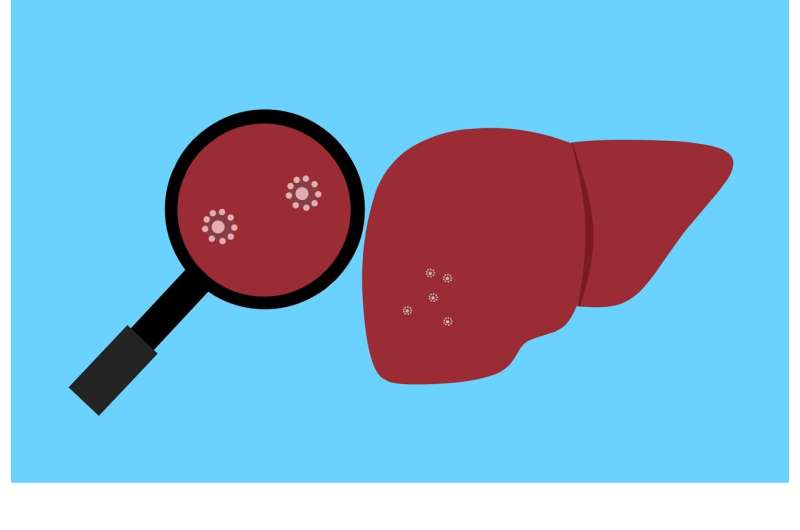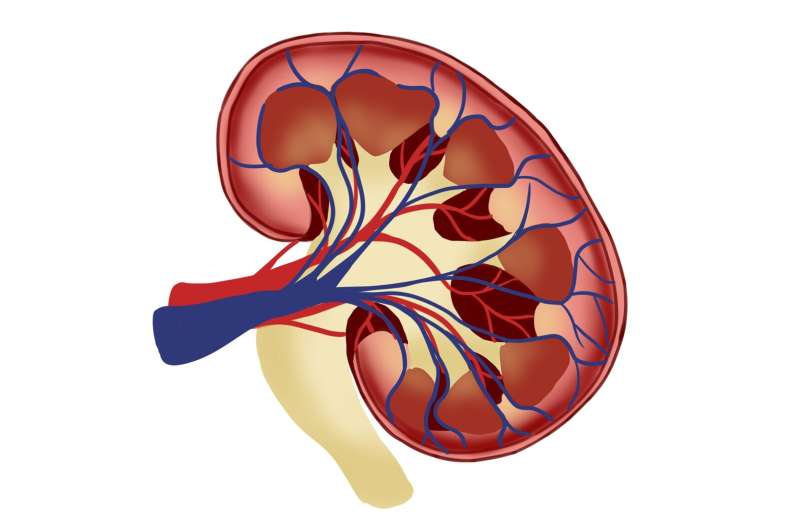Potential Impact of Federal Policy Changes on HIV Prevention and Care in the United States

Recent federal policy proposals threaten to undermine HIV prevention and care efforts in the U.S., risking increased infections and treatment disruptions amid funding uncertainties.
Recent proposals and legislative developments threaten to undermine the United States' efforts to combat HIV/AIDS through funding cuts and policy shifts. The Biden administration's fiscal year 2026 budget emphasizes maintaining core components of the Ryan White HIV/AIDS Program, which serves as a critical safety net for HIV prevention, treatment, and care. However, President Donald Trump’s proposed budget for the same period suggests substantial reductions specifically targeted at HIV prevention and surveillance initiatives, potentially creating gaps in services vital for controlling the epidemic.
Currently, the U.S. Senate is considering a comprehensive tax and spending bill, known as the “big, beautiful bill,” which includes provisions that could further impact HIV services. Notably, this bill proposes barring clinics that provide reproductive health services like abortions—many of which also conduct STI testing—from accepting Medicaid. Additionally, it would implement stricter work requirements and more frequent eligibility checks for Medicaid recipients, risking discontinuity in coverage for individuals on HIV medications, thus threatening their treatment adherence and viral suppression.
Simultaneously, uncertainty surrounding federal HIV/AIDS grants has created a challenging environment for public health agencies. Some state and local health departments report delays or lapses in grant renewals, leading to layoffs of essential staff such as contact tracers and outreach workers. These personnel are crucial for identifying new infections and preventing transmission. The delay in funding is especially concerning given that contact tracing and targeted outreach are proven strategies to curb new HIV infections.
Experts warn that cuts and delays could cause a rollback in progress, particularly affecting marginalized communities such as Black and Latino populations, where infection rates are higher. Rob Renzi, CEO of Big Bend Cares in Florida, emphasized the importance of the safety net, highlighting that budget cuts directly threaten housing assistance and free testing services for at-risk populations.
The impact of these policy shifts extends beyond immediate funding concerns. Patients relying on state programs to access medication face risks of skipping doses due to uncertainty about medication availability. Health officials have expressed alarm over the potential for increased HIV transmission and treatment interruptions if current trends persist.
Overall, these federal policy changes pose a significant threat to the progress made in HIV prevention and care, risking increased transmission rates and worsened health outcomes for vulnerable populations across the country. Ensuring stable funding and supportive policies remains vital for sustaining gains in the fight against HIV/AIDS.
source: https://medicalxpress.com/news/2025-07-federal-holes-hiv-safety-net.html
Stay Updated with Mia's Feed
Get the latest health & wellness insights delivered straight to your inbox.
Related Articles
Preventable Factors Play Major Role in Liver Cancer Cases, New Analysis Finds
Most liver cancer cases worldwide are caused by preventable risk factors like viral hepatitis, alcohol, and obesity, according to a comprehensive analysis. Urgent public health strategies could significantly reduce future incidence and save millions of lives.
Innovative AI Framework Predicts Viral Evolutionary Fitness of SARS-CoV-2 Variants
A new AI-driven framework from the University of Tokyo accurately predicts the fitness and evolutionary potential of SARS-CoV-2 variants, enhancing pandemic surveillance and response.
Enhanced Detection of Genetic Factors in Chronic Kidney Disease Using Multi-Marker Approach
A groundbreaking multi-marker approach enhances the detection of genetic factors in chronic kidney disease, offering new avenues for targeted treatments and improved understanding of kidney health.
Potential Rabies Exposure Linked to Bat Infestation at Wyoming Park Cabins
Health officials warn of potential rabies exposure after bat infestations in Wyoming park cabins, urging anyone affected to seek prompt medical attention to prevent fatal outcomes.



